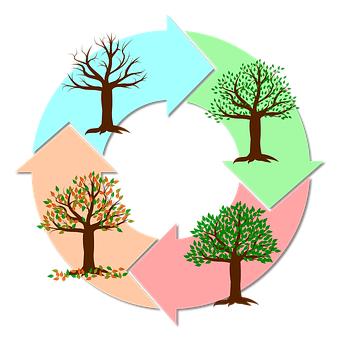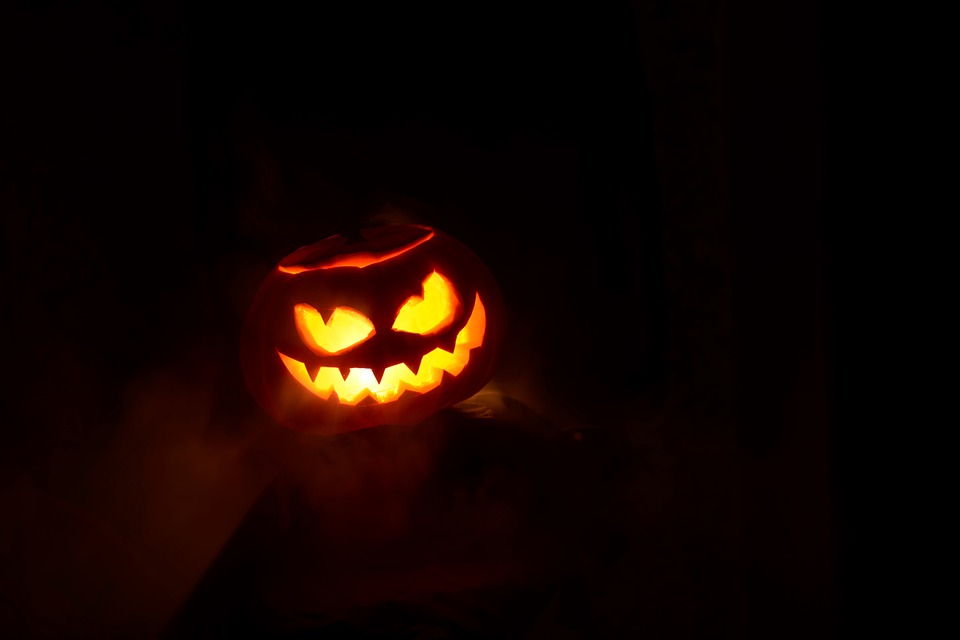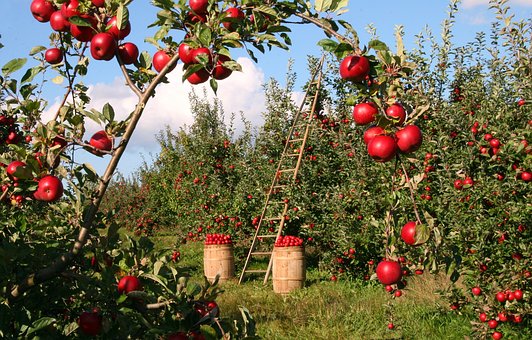by Rowan Moonstone
The celebration of May 1st, or Beltane as it is known in Wicca Circles, is one of the most important festivals of our religious year. I will attempt here to answer some of the most often asked questions about this holiday. An extensive bibliography follows the article so that the interested reader can do further research.
- Where does the festival of Beltane originate?
Beltane, as practiced by modern day Witches and Pagans, has its origins among the Celtic peoples of Western Europe and the British Isles, particularly Ireland, Scotland and Wales.
Continue reading “Beltane: Its History and Modern Celebration in Wicca in America”








